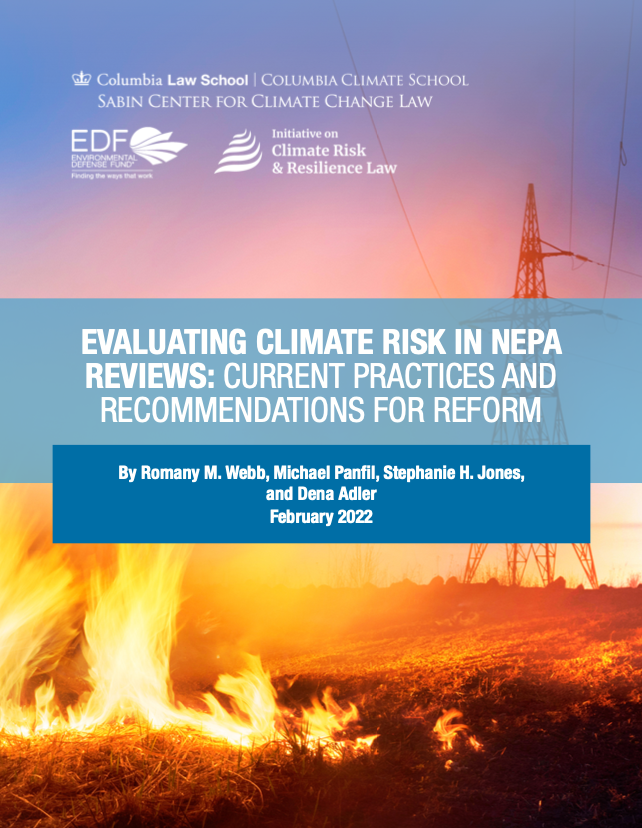by Patrick Woolsey
Connecticut has released a draft Comprehensive Energy Strategy. The strategy, prepared by the state’s Department of Energy and Environmental Protection (DEEP), calls for dramatically increased investment in energy efficiency and renewable power. The plan also calls for a large-scale expansion of natural gas use in the state to take advantage of projected low gas prices. The strategy envisions a transformation of Connecticut’s energy generation mix and consumption patterns by 2050, and appears to be among the most systematic energy plans ever developed at the state level.
The draft strategy calls for large increases in investment in energy efficiency across many sectors: state and municipal government, residential consumers, commercial and industrial facilities, and institutions such as universities, schools, and hospitals. The strategy recommends that the state’s efficiency programs go beyond lighting and weatherizing to promote further gains in heating, cooling and insulation. In addition, the strategy calls for state building efficiency standards, the creation of a scoring metric for building efficiency, and required disclosure of efficiency scores at the time of a rental or sale.
In order to create incentives for utilities to increase efficiency, the strategy advocates the implementation of decoupling rate structures and performance-based rates of return. The plan also calls for increased grid efficiency and demand-side efficiency gains through expanded investment in smart grid technology and the use of advanced metering as well as the creation of new standards for smart appliances.
The proposal would use ratepayer funds to encourage private capital investment in efficiency and renewables through several new financing mechanisms including Connecticut’s new Clean Energy Finance and Investment Authority (CEFIA), also known as the “Green Bank,” the state’s Commercial Property Assessed Clean Energy (C-PACE) program, and standardized performance contracts for energy service companies..
To promote development of alternative energy technology and reduce the costs of renewable power, the draft strategy proposes the implementation of economic incentives such as reverse auctions, declining subsidies, and Power Purchase Agreements. The strategy recommends that the targets in Connecticut’s Renewable Portfolio Standard be raised and advocates expanded renewable power generation in-state. The plan calls for the development of “distributed generation” networks through the expansion of net metering, the use of co-generation technologies such as combined heat and power (CHP) systems, and a pilot program of microgrids that would supply locally-generated energy to critical facilities such as hospitals.
As well as addressing efficiency and renewables, the draft strategy also seeks to expand access to natural gas in Connecticut and proposes new financing mechanisms in order to make it cost effective for 300,000 commercial, industrial and residential consumers to convert to natural gas heating, beginning with consumers located near existing gas mains. The proposal calls for an “on-bill repayment” system to make the up-front conversion costs more affordable for consumers, as well as regulatory changes which would extend payback periods. Most of the costs of conversion and expansion of the distribution network would be financed by private capital and through the gas companies, with some state incentives.
Finally, the proposal calls for the construction of statewide transportation infrastructure to support the use of vehicles powered by electricity or natural gas, including 100 electric vehicle charging stations and a network of liquefied natural gas filling stations. The strategy also suggests that state-owned vehicle fleets, delivery vehicles, taxis and commercial long-distance trucking fleets be converted to natural gas.
Looking towards a planning horizon of 2050, the strategy’s overall goals are to reduce energy prices and greenhouse gas emissions while increasing reliability and efficiency. While the proposal does not provide detailed policy prescriptions, it broadly outlines many possible changes to financing mechanisms, regulation and state incentives which could be used to promote renewables and efficiency measures. By considering both energy generation and consumption statewide, including all sectors and fuels, the strategy sets a benchmark for comprehensiveness in state-level energy planning.
The full text of Connecticut’s draft proposal for a statewide Comprehensive Energy Strategy is available at the website of the Department of Energy and Environmental Protection. The executive summary is available here.



